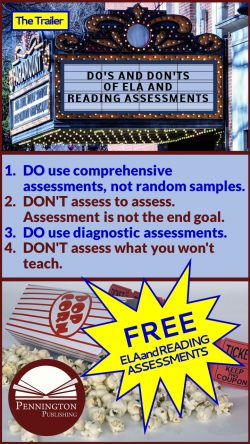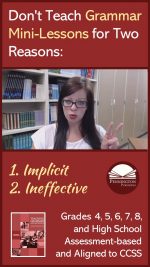Academic Word List

Comprehensive Vocabulary
Wouldn’t it be great if we had a frequency and utility ordered Academic Word List to teach Tier 2 academic vocabulary?
Yes, read on to get to the download of this must-have free resource.
Not too many teachers would argue that academic language is unimportant.
It is widely accepted among researchers that the difference in students’ vocabulary levels is a key factor in disparities in academic achievement (Baumann & Kameenui, 1991; Becker, 1977; Stanovich, 1986)
As cited in the Common Core State Standards Appendix A
However, the average ELA teacher spends little instructional time on vocabulary development.
Vocabulary instruction has been neither frequent nor systematic in most schools (Biemiller, 2001; Durkin, 1978; Lesaux, Kieffer, Faller, & Kelley, 2010; Scott & Nagy, 1997).
As cited in the Common Core State Standards Appendix A
The Common Core authors and reading specialists advocate a two-fold approach to vocabulary instruction: 1. Explicit and multi-faceted vocabulary instruction and 2. implicit vocabulary acquisition through independent reading and listening. Depth and breadth.
What does in-depth explicit vocabulary instruction look like?
The Common Core authors provide the most detailed vocabulary Standards in The Language Strand: Vocabulary Acquisition and Use (Standards 4, 5, and 6):
- Multiple Meaning Words and Context Clues (L.4.a.)
- Greek and Latin Word Parts (L.4.a.)
- Language Resources (L.4.c.d.)
- Figures of Speech (L.5.a.)
- Word Relationships (L.5.b.)
- Connotations (L.5.c.)
- Academic Language Words (L.6.0)
Most ELA and reading teachers are familiar with #s 1–6, but are confused about #7: Academic Language Words (L.6.0). By now, most teachers know that Academic Language Words are the Tier 2 words, which reading specialists and the Common Core authors tell us to teach because they are the most generalizable across all text genre. As a reminder, Tier 1 words are those used in everyday speech and Tier 3 words are domain-specific words used in content area instruction. However, what many teachers don’t know is that we have a research-based list of high frequency Tier 2 words.
- The word families must occur in over half of the 28 academic subject areas. “Just over 94% of the words in the AWL occur in 20 or more subject areas. This principle ensures that the words in the AWL are useful for all learners, no matter what their area of study or what combination of subjects they take at tertiary level.”
- “The AWL families had to occur over 100 times in the 3,500,000 word Academic Corpus in order to be considered for inclusion in the list. This principle ensures that the words will be met a reasonable number of times in academic texts.” The academic corpus refers to a computer-generated list of most-frequently occurring academic words.
- “The AWL families had to occur a minimum of 10 times in each faculty of the Academic Corpus to be considered for inclusion in the list. This principle ensures that the vocabulary is useful for all learners.”
Words Excluded From the Academic Word List
- “Words occurring in the first 2,000 words of English.”
- “Narrow range words. Words which occurred in fewer than 4 faculty sections of the Academic Corpus or which occurred in fewer than 15 of the 28 subject areas of the Academic Corpus were excluded because they had narrow range. Technical or specialist words often have narrow range and were excluded on this basis.”
- “Proper nouns. The names of places, people, countries, for example, New Zealand, Jim Bolger and Wellington were excluded from the list.”
- “Latin forms. Some of the most common Latin forms in the Academic Corpus were et al, etc, ie, and ibid.” http://www.victoria.ac.nz/lals/resources/academicwordlist/information
What’s the best way to teach the Academic Word List? The author’s grades 4, 5, 6,7 and 8 Common Core Vocabulary Toolkits use the Frayer model four
square (definition, synonym, antonym, and example-characteristic-picture) method to learn these words in-depth.
Wouldn’t it be great if we had an instructional scope and sequence of the Academic Word List by grade level? In other words, a 4th Grade Academic Word List, a 5th Grade Academic Word List, a 6th Grade Academic Word List. a 7th Grade Academic Word List, and an 8th Grade Academic Word List? We’ve got it and it’s your FREE download!
Get the Academic Word Lists FREE Resource:
![]()
Check out the extensive previews for Comprehensive Vocabulary by Pennington Publishing. Grades 4, 5, 6, 7, and 8 featuring academic language (and the diagnostic academic language assessment), Greek and Latin Morphology (with the interactive Morphology Walls in Google slides), multiple meaning words, figures of speech, connotations, dictionary and thesaurus practice, and word relationships.
Literacy Centers, Reading, Spelling/Vocabulary, Study Skills, Writing












